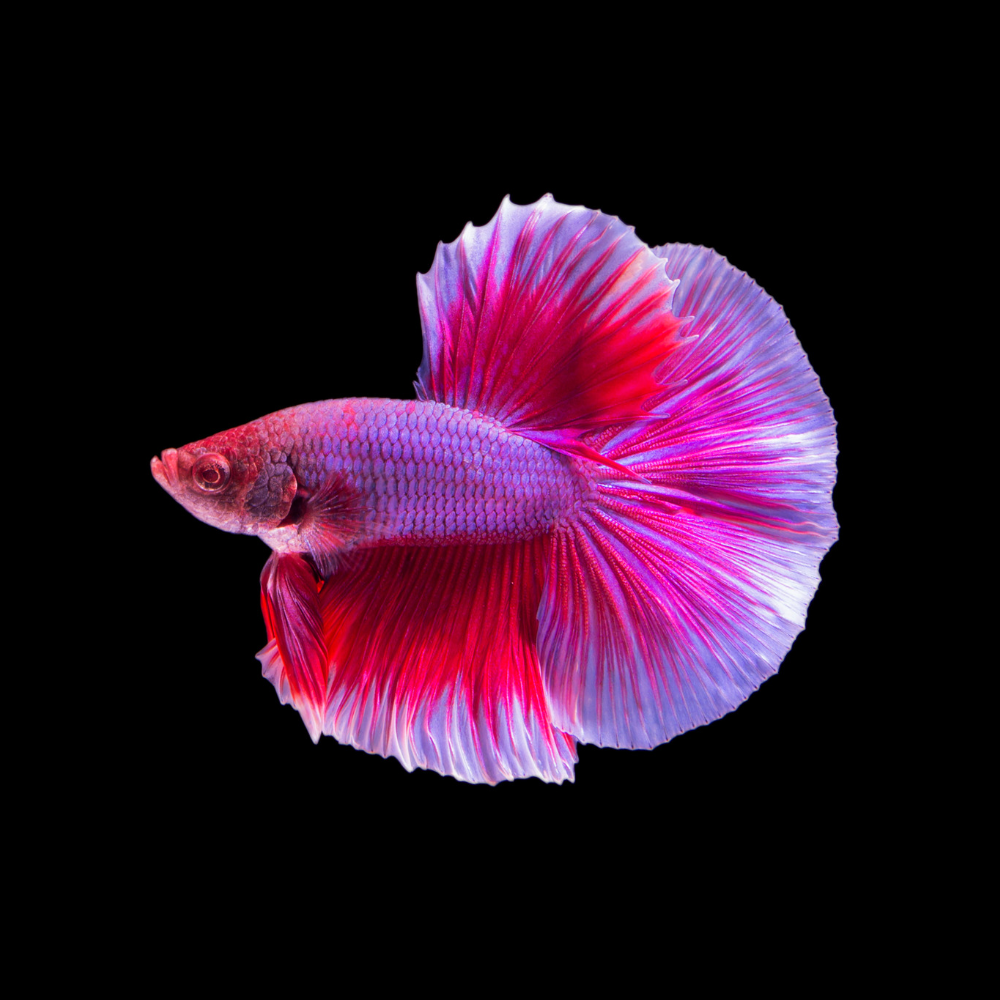How to Reproduce Betta Fish Efficiently: Professional Techniques and Insights for Hobbyists Wanting To Increase Their Betta Collection
Breeding Betta fish needs a nuanced understanding of genetics and environmental problems, making it essential for hobbyists to come close to the process with both diligence and treatment. Creating an optimum breeding setting, picking the best sets, and observing the details of their courtship behaviors are foundational actions that can considerably influence the end result.
Understanding Betta Fish Genetics
Recognizing the genes of Betta fish is crucial for successful breeding, as it affects characteristics such as shade, fin form, and habits. Betta fish exhibit a varied array of shades and patterns, largely established by their hereditary makeup.
Along with pigmentation, fin morphology is one more considerable facet of Betta genes (betta fish). The form and size of fins are influenced by various genetics, including those that figure out whether the fins are brief, long, or veil-shaped. Recognizing these genetic variations aids dog breeders anticipate the phenotypic results of their offspring
Furthermore, behavior traits such as aggression and territoriality can likewise be affected by genes. These behaviors play a crucial function in the reproducing procedure, as they can affect spawning success and the total character of the resulting fry. By adequately recognizing these genetic concepts, breeders can make educated choices, inevitably enhancing their reproduction programs and attaining preferable results.
Preparing the Reproduction Environment
Producing an optimum breeding environment is important for the effective recreation of Betta fish. The very first action in preparing this environment is to select a suitable reproduction container, preferably ranging from 5 to 10 gallons.
Next, consider the use of a sponge filter or an air rock to supply mild water circulation without producing strong currents that can stress the fish. It is necessary to install plants or reproducing cones to provide concealing spots and advertise comfort for the female throughout the spawning procedure. Floating plants, such as Java moss or water sprite, can additionally create an extra natural atmosphere while facilitating bubble nest building by the man.
Before presenting the breeding sets, make sure the water is conditioned and without damaging chemicals, such as chlorine or hefty metals. betta fish. Normal water changes should be performed to keep ideal water quality, enhancing the opportunities of successful reproduction. With these preparations in place, the breeding setting will certainly support the health and health of both Betta fish
Selecting Reproduction Pairs
Selecting the best breeding pairs is vital for achieving successful Betta fish recreation. When selecting your reproduction pairs, think about numerous crucial variables including wellness, temperament, and genetics. Healthy Betta fish show vivid colors, clear eyes, and active actions. Selecting fish that are devoid of condition makes sure a better opportunity of producing feasible children.
Character is another crucial factor to consider, as Betta fish are known for their hostile nature. It is recommended to select a male and woman that show suitable personalities to minimize stress and anxiety throughout the reproducing process. A calm male can encourage a smoother courtship, while a woman that is as well aggressive might interrupt the procedure.
Genetic background likewise plays a significant role in the high quality of the spawn. Breeding fish that are genetically diverse can lower the danger of hereditary health and wellness concerns and improve the overall vitality of the fry. It is advantageous to research the lineage of both the male and female, concentrating on preferable attributes such as fin kind, shade patterns, and dimension.
The Reproduction Process
The breeding process of Betta fish calls for cautious planning and interest to information to guarantee an effective outcome. At first, it is essential to my sources prepare a suitable breeding storage tank, ideally a 5-10 gallon fish tank with a temperature maintained at 78-80 ° F. The container should be furnished with a heating system, filter (ideally sponge type to avoid solid currents), and a lot of Go Here aquatic plants for the female to conceal.
When the environment is set, introduce the picked breeding pair to the container, allowing them to accommodate. Observe their actions; the man will display fancy courtship rituals, consisting of flaring his fins and constructing a bubble nest. If the female reveals rate of interest, she will certainly display vertical red stripes indicating readiness for spawning.
When the female is responsive, the set will take part in a mating accept, throughout which the male fertilizes the eggs. It is important to check their communications closely, as the male may become aggressive. After spawning, remove the lady to protect against possible harm. The man will certainly often tend to the eggs, which generally hatch out within 24-36 hours. Keeping optimal water conditions throughout this duration is important for the growth of healthy Betta fry.
Caring for Betta Fry

Feeding Betta fry is important, as they call for a diet high in healthy protein. They can be fed infusoria or fluid fry food, transitioning to finely crushed high-quality pellets as they grow. Feed little portions numerous times a day to urge healthy and balanced development without overwhelming the container with leftover food.

As they develop, monitor their growth carefully and separate any type of hostile people to stop injury. By giving a nurturing atmosphere and correct nourishment, hobbyists can efficiently elevate Betta fry into vibrant, healthy fish, eventually enhancing their breeding endeavors.
Final Thought
Effective Betta fish reproduction requires meticulous attention to genetic option, environmental problems, and take care of the fry. By understanding the genes of Betta fish and preparing an ideal breeding setting, hobbyists can enhance the opportunities of generating lively, healthy spawn. Picking suitable reproduction pairs and very closely keeping track of the courtship and spawning procedures are important. Lastly, offering optimal look after the fry guarantees their healthy advancement, adding to a flourishing Betta collection.